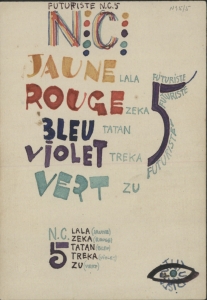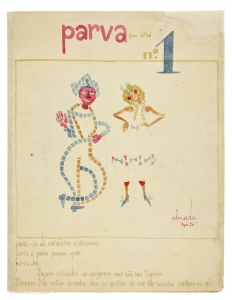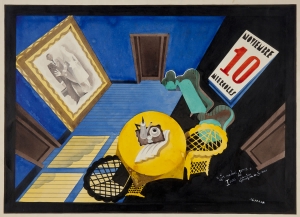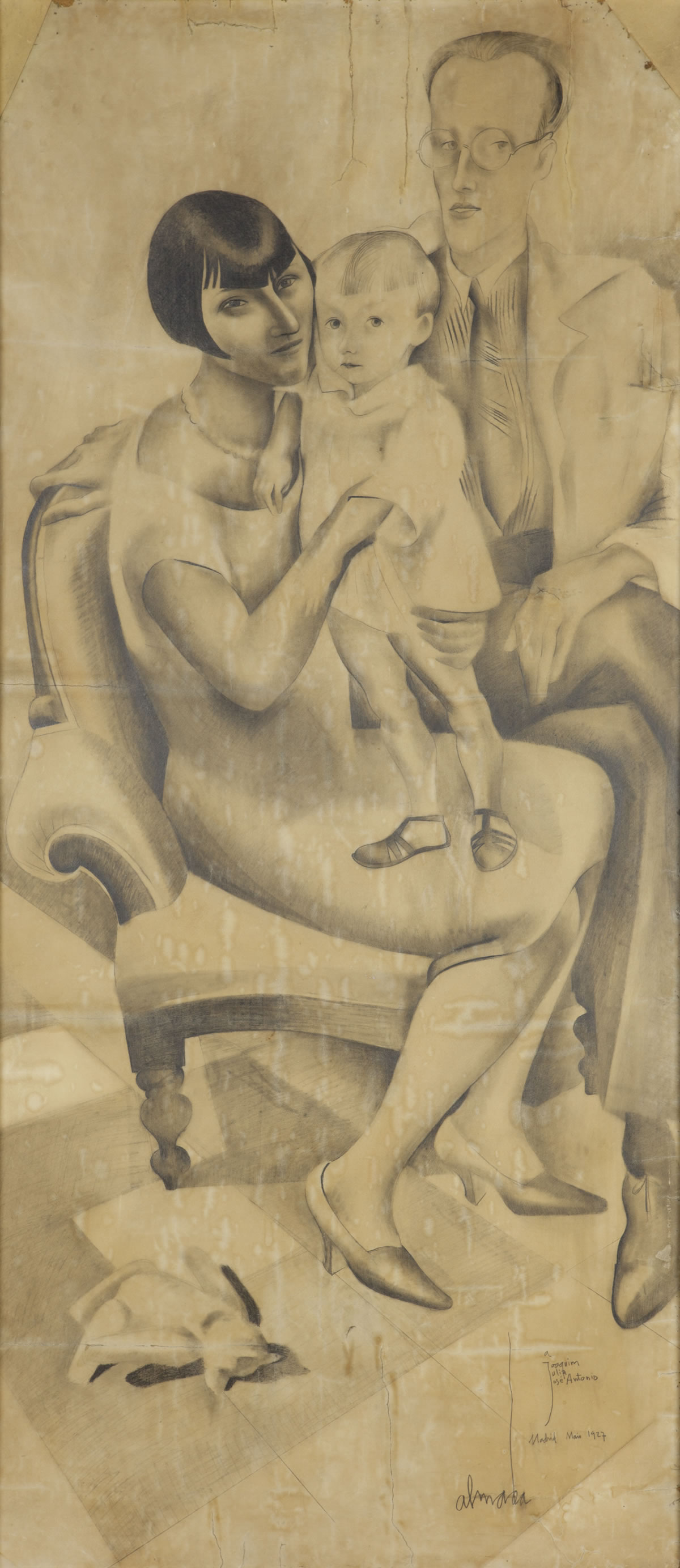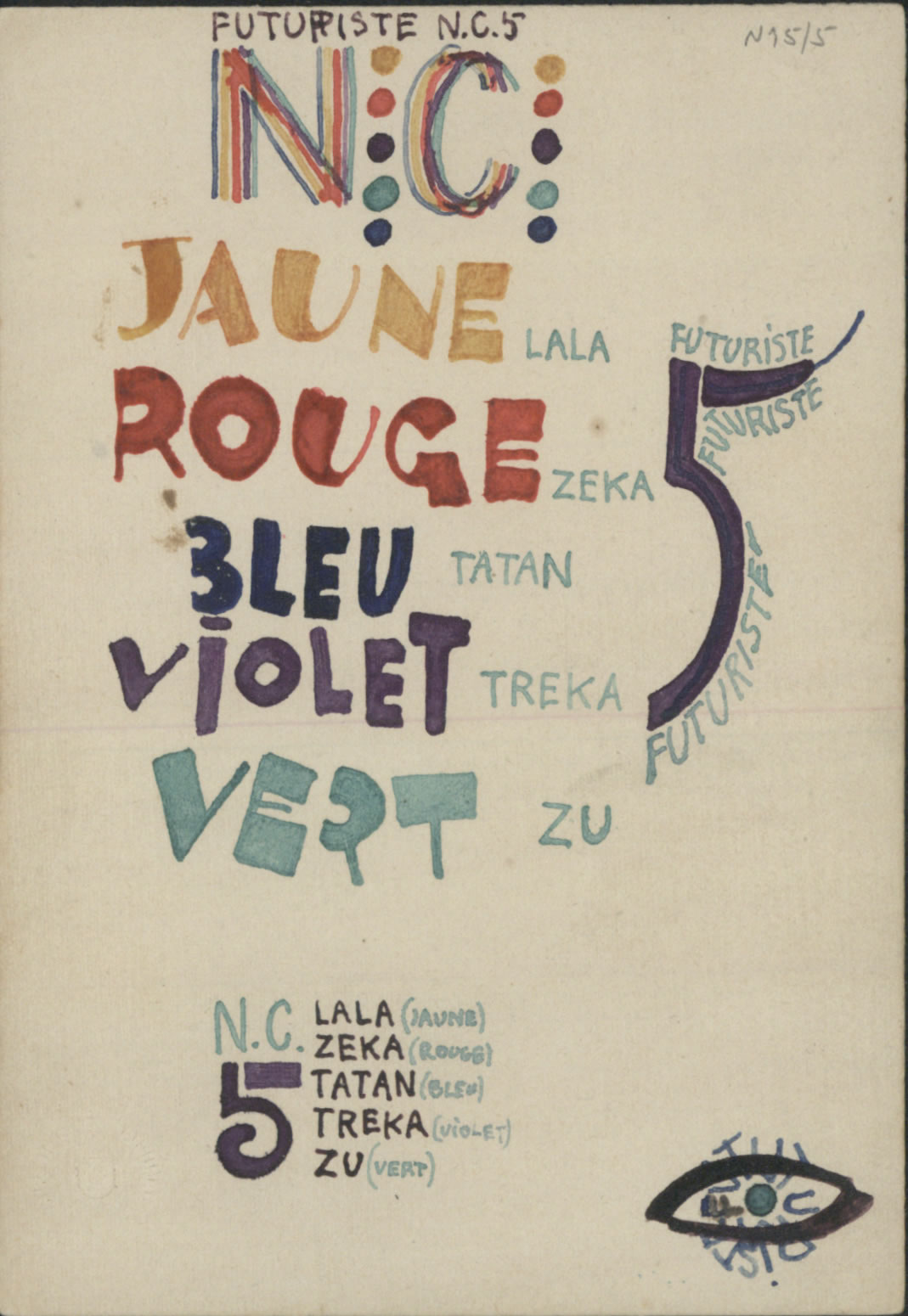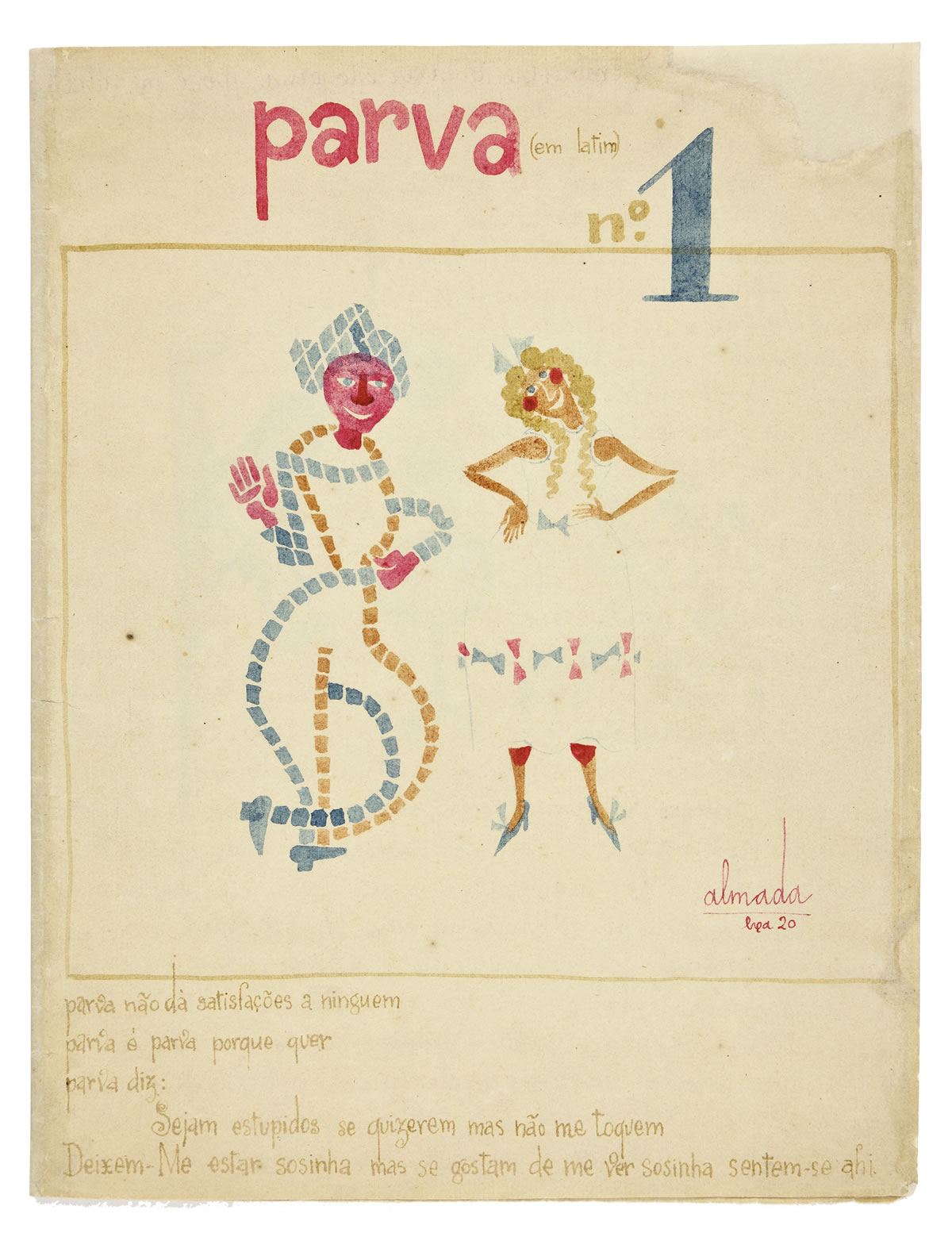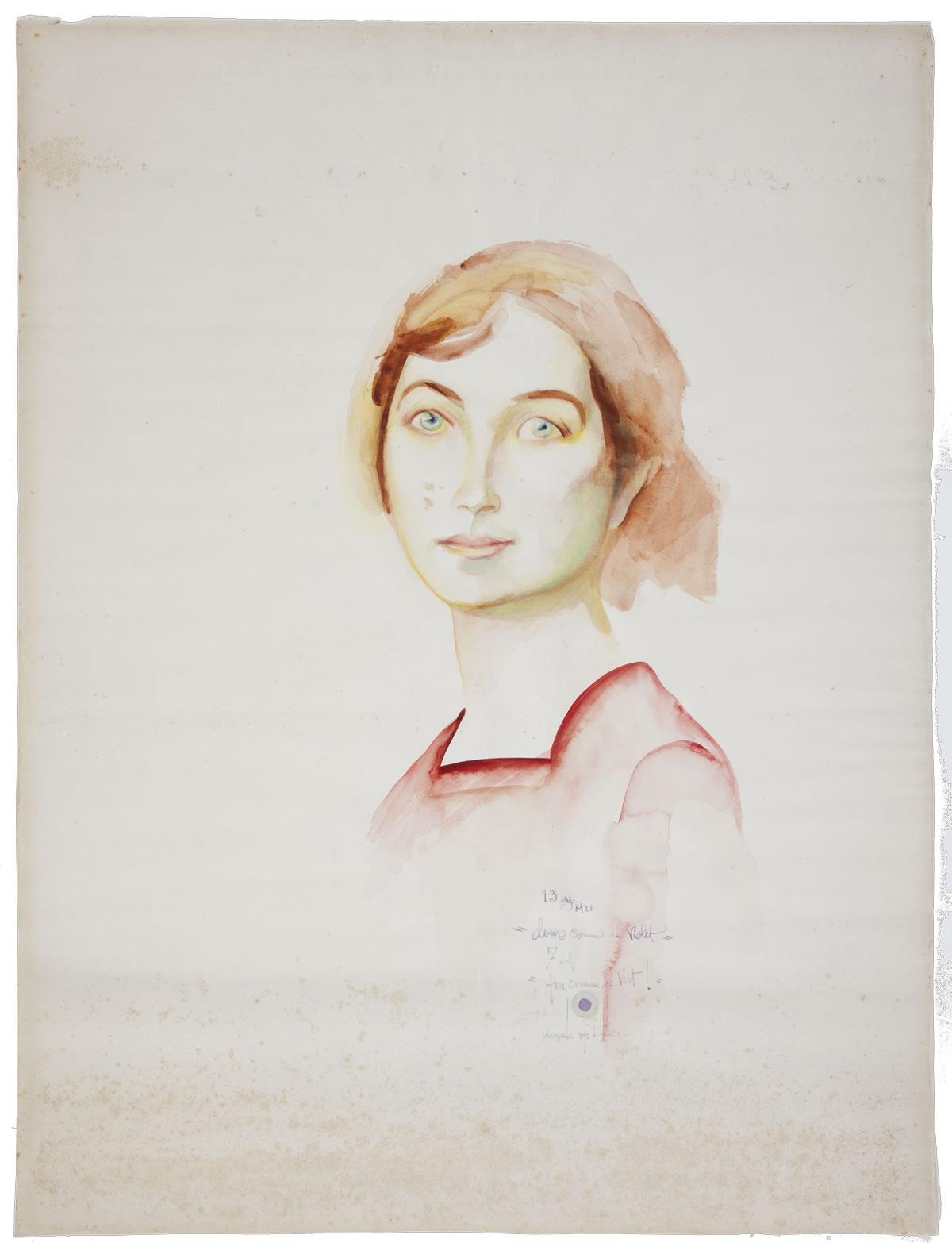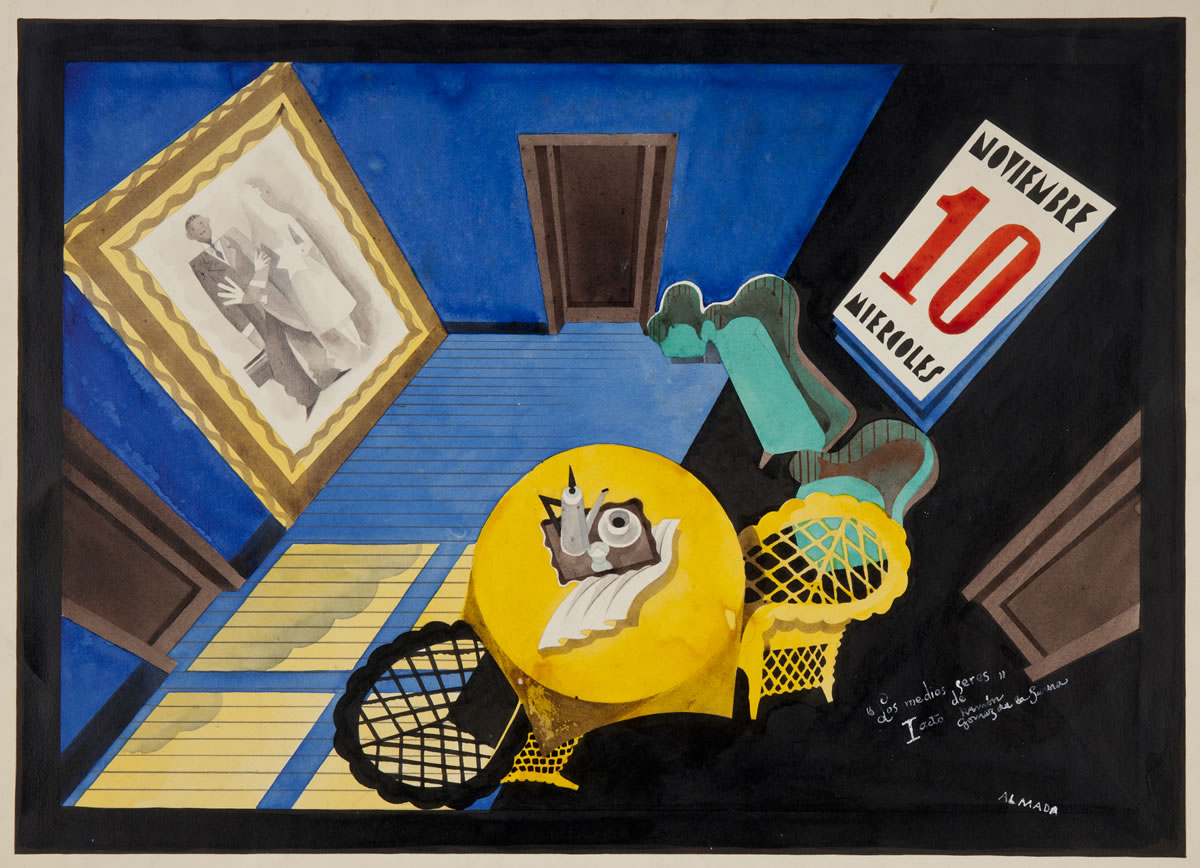

Mutual relations
The idea of artistic collaboration, more than the idea of being part of a group, was important to Almada Negreiros. With reference to Orpheu, he would write, in 1965, that its participants had got together for the sake of “Art” and not because of any similarities they might have shared between them. They were collaborators, not a group. Modernity and the avant-garde were forged in a prolific milieu of exchange, appropriation and debate, and not from isolation — in Portugal as much as elsewhere.
Throughout his life, Almada made the acquaintance of many artists, architects, actors and writers, with whom he worked and shared experiences. Collaboration also happened in his private life: his ballets, drawings and poems often animating junior artistic gatherings; or later, in workshop garb, when he learned artesanal techniques from stained-glass artists, ceramicists and others.
Informal gatherings and reunions continued to be a part of his day-to-day relationship with other generations: in the 1950s, he made friendships with the young poets Mário Cesariny and Eugénio de Andrade; Lourdes Castro performed his play Antes de Começar [Before the Beginning] (1956); in 1946, Ernesto de Sousa and Diogo de Macedo called upon him to collaborate on the conceiving of a comparative exhibition of African and modern art, later declaring himself the voluntary heir to Almada the performer; he befriended Vitor Silva Tavares and with him worked in theatre; Maria do Céu Guerra made her debut as an actress in one of his plays; and he was always watchful of younger artists, such as Júlio Pomar, amongst others.

